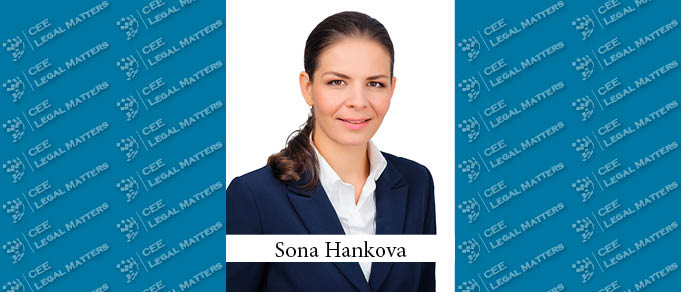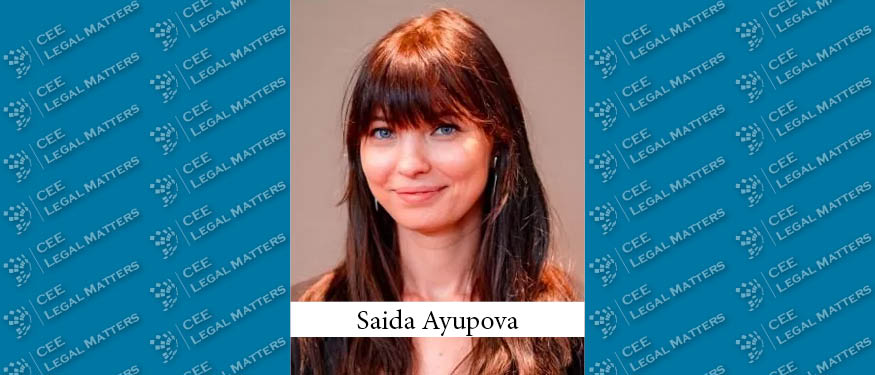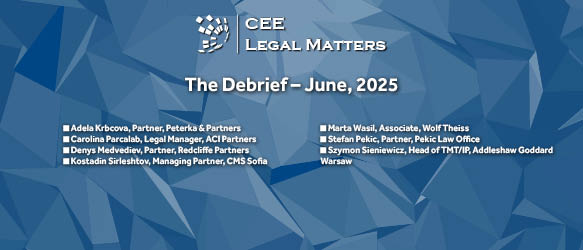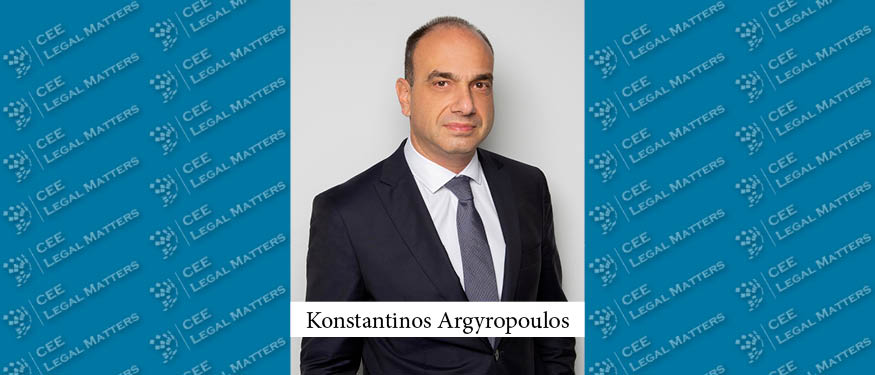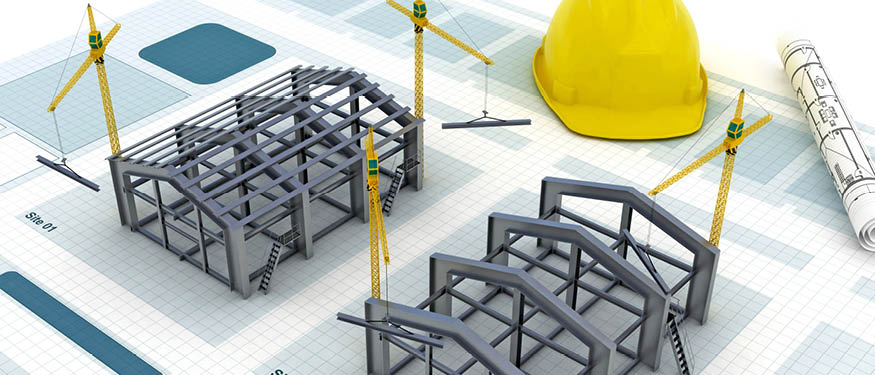The trend towards ESG issues has increased markedly on the Slovakian commercial real estate market. More and more Slovak companies are behaving responsibly and sustainably – under pressure from tenants, employees, contractors, customers, regulators, and investors who involve ESG in their decision-making.
It is already clear that ESG is having an impact on the value of real estate portfolios. Originally, real estate placed more emphasis on the E (environmental) element in ESG than on the S (social) or G (governance) elements. However, the COVID-19 pandemic has shown the increasing importance of the social element of ESG in terms of risk management, resilience, transparent and inclusive governance, and social engagement.
Constructing ESG buildings is in fashion. Certificates such as LEED and BREEAM are the most widely used value drivers in Slovakia, where most commercial office real estate is in Bratislava. According to surveys published by CBRE, Bratislava has 798,041 square meters of office space with a valid green building certificate. This means that, in 2021, around 41% of all office space in Bratislava had a green building certificate, with 68% of those holding a BREEAM certificate and 32% a LEED certificate. By contrast, there are no public administration buildings with a green certificate.
The popularity of ESG buildings is further being enhanced by the generational shift of wealth to millennials, who are much more concerned about climate change and social issues than older generations. By 2030, millennials will be the largest segment of the workforce. They will create and own the majority of assets and pressure employers to reflect their values. Public image concerns are also a driver, as ESG commitments typically lead to an improved reputation and customer and employee loyalty.
The regulatory landscape in Slovakia is also changing regarding ESG. Reform of construction waste management is expected in the near future. The concept of green public procurement is another tool for achieving the strategic objective of environmental sustainability. Social and environmental criteria will be evaluated in certain public procurement tenders for the first time, thanks to legal changes that became effective in 2022.
The ESG agenda is also driving responsible and sustainable business in the commercial real estate sector. Real estate players often develop their own sustainability policies to outperform competitors and increase the resilience of their assets. ESG implementation is their strategy for increasing financial returns, part of a broader approach to risk management, and a means of protecting investments.
As for property leases, ESG buildings are expected to gain momentum in terms of tenant demand and market rents. Tenants, especially large corporate tenants, indicate that they are particularly interested in green certification. Many tenants are changing their strategy towards ESG and renting in a green building in order to achieve their own sustainability goals.
Green leases are not yet regulated by a specific law in the Slovak Republic. Landlords, instead, develop their own set of guidelines regarding sustainable asset management, energy savings, green cleaning, indoor air cleaning, quality, sustainable purchasing, solid waste management, and water protection.
In practice, the term green lease is used to refer to any type of provision that aims to reduce the ecological footprint, save natural resources, or ensure the use and management of the property in a sustainable manner. In reality, the terms and conditions of a green lease are often not detailed in the lease agreement – only being summarized in the building’s operating rules. Thus, enforceability of ESG commitments depends on the validity of contractual arrangements.
There is no one-size-fits-all approach for companies’ ESG strategies. This is evidenced by the variety of ESG projects that Slovak companies present to the public. Many companies proactively go “above and beyond the minimum,” using ESG as a tool for creating the long-term value of a real estate project. In addition to legal and financial due diligence, ESG due diligence has become an important part of real estate opportunity investment assessment.
By Sona Hankova, Partner, CMS Slovakia
This Article was originally published in Issue 9.3 of the CEE Legal Matters Magazine. If you would like to receive a hard copy of the magazine, you can subscribe here.

